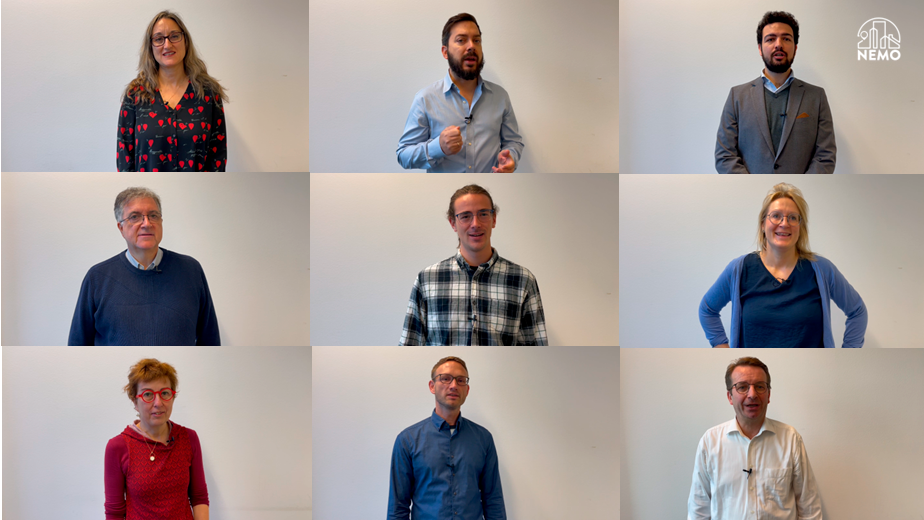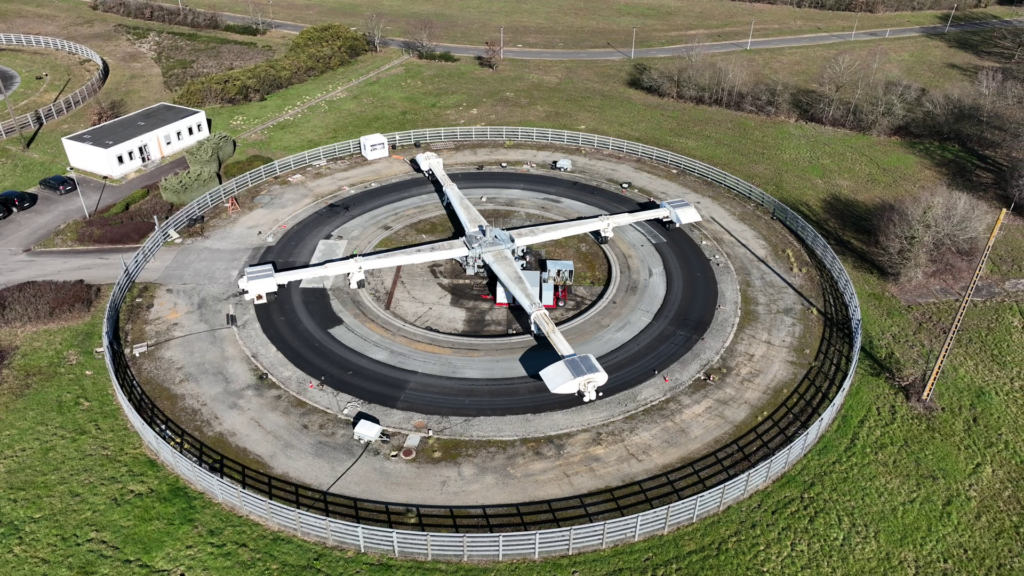NEMO partner Ricardo have assessed the potential impact and costs of novel transport technologies on human health and the environment. A team of Ricardo’s economists has undertaken analysis to support international, national, and local public authorities to develop effective and value-for-money interventions.
The new autonomous, remote-sensing systems from NEMO will provide a solution for measuring vehicle emissions and noise under real-world driving conditions to identify “high emitters”. An important part of this work is to assess the potential impact of these novel technologies on human health and the environment, if deployed in an urban setting, alongside policy and legislation to change or limit the movements of high-emitting vehicles. Any solution should provide benefits through reduced air and noise pollution for individuals and society as a whole.
Ricardo has constructed an approach to calculate and value the benefits (also known as ‘external costs’) from activities relating to transport emissions and noise. Placing a value on (or ‘monetising’) benefits allows these impacts to be compared and combined with costs and other effects as part of a cost-benefit analysis to assess whether an intervention delivers an overall (or net) benefit or cost to society.
This is particularly useful where policy delivers environmental benefits that are typically not captured by market prices. Cost-benefit analysis also facilitates the comparison of impacts between options in order that they can be ranked according to their net benefit (with the best option delivering the largest ‘net benefit’). Cost-benefit analysis is therefore a useful tool to help contrast the pros and cons associated with a policy option, and to compare between options to understand which best delivers a given policy objective.
However, cost-benefit analysis has limitations and caveats. First, it may not be possible to quantify all impacts. Or, where these can be quantified, methodologies may not exist to assign a monetary value. Further, where these can be valued, there will be uncertainty around the estimation. As a renowned energy and environmental consultancy, Ricardo holds extensive experience of undertaking cost-benefit analysis to support policy appraisal and evaluation, in particular capturing and assessing environmental impacts.
The aim of the EU study is to assess the external costs of air and noise pollution in the appraisal of EU-based policy. The methodology developed follows existing guidance that incorporates the European Commission Handbook on external costs of transport and industry best practice, to assess the external costs of air and noise pollution in the appraisal of EU-based policy. It also provides options for different air quality modelling approaches to improve usability according to the needs of the study. The approach seeks to attach a monetary value to the potential benefits of the novel systems, which can then be compared to the costs associated with the mitigation techniques. The cost effectiveness of interventions is valuable for city planners and policy makers who are aiming to implement emission control measures in their cities.
More of this


